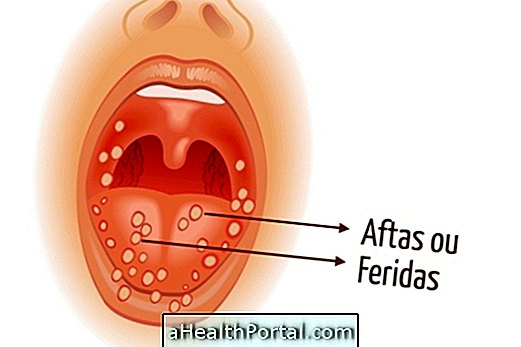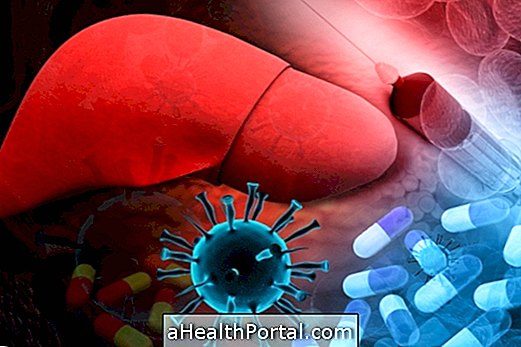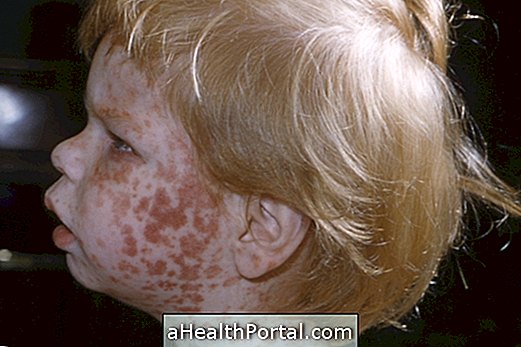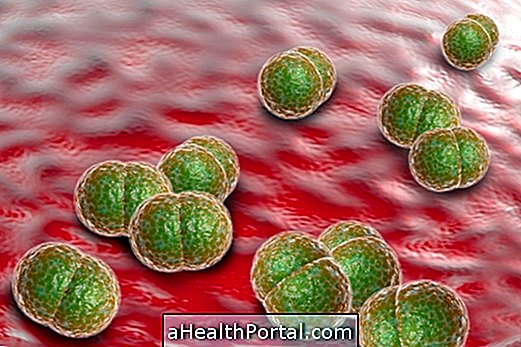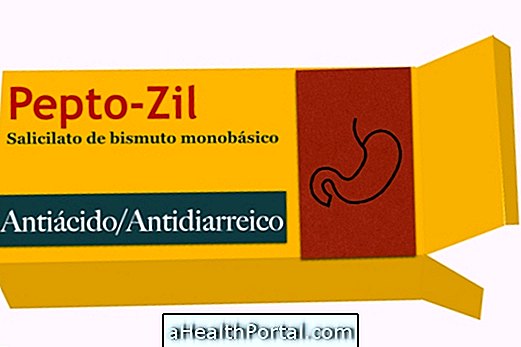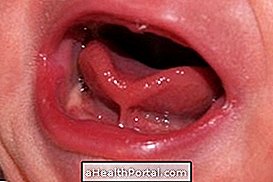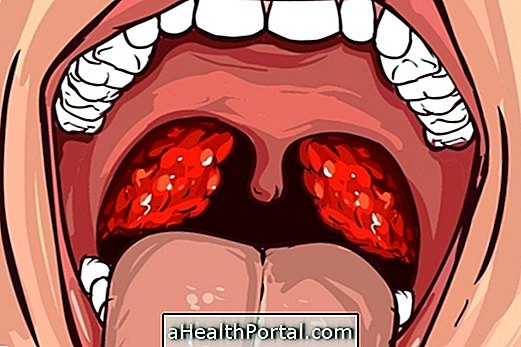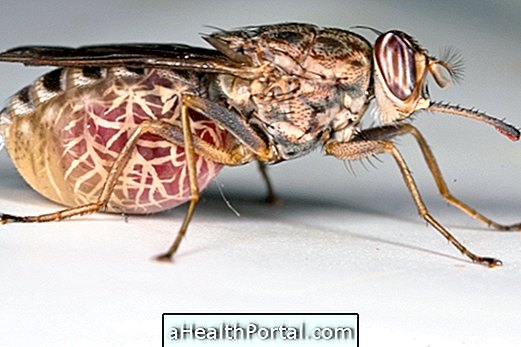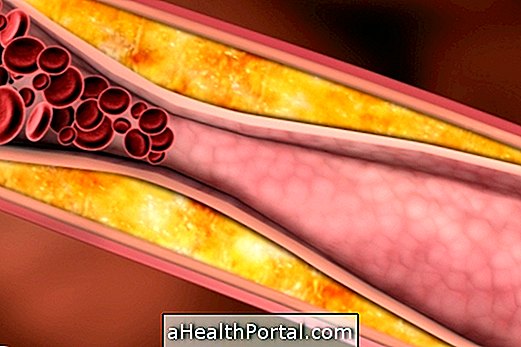Strongyloidiasis is an intestinal disease caused by the parasite Strongyloides stercorarlis, which causes symptoms such as diarrhea, abdominal pain and flatulence. However, there is a more severe and widespread variant of the disease, which affects the lung and circulation, causing fever above 38 ° C, vomiting, coughing and shortness of breath.
This worm infects people through the skin, in the form of a larva, and spreads through the body until it reaches the intestine, where it grows and reproduces. To avoid this disease, it is recommended to walk shoes on the street and wash the food well before eating, and the treatment is made with vermifuge tablets, such as albendazole and ivermectin.

Main symptoms
This parasite may not cause symptoms when it is mild, but when they appear, they manifest themselves according to the place where the larvae meet. The most common symptoms include:
- Red spots on the skin, which appear when the larvae penetrate the skin or when they move through it;
- Diarrhea, flatulence, abdominal pain, nausea and lack of appetite arise when the parasites are in the stomach and intestine;
- Dry cough, shortness of breath or asthma attacks, when the larva causes inflammation in the lungs as it passes through this region.
The severe variant of this infection occurs in the form of the disseminated disease, which manifests itself with fever above 38 ° C, severe pain in the belly, persistent diarrhea, vomiting, shortness of breath, coughing with secretion or even blood.
People with weakened immunity, such as people with AIDS or malnourished, may develop even more worrying forms of infection, such as meningitis or generalized infection.
How transmission is made
The larvae of the parasite, called filaroids, are present on the ground, especially with sand and mud, and can penetrate the body through the skin, even if there is no wound. They then spread through the bloodstream to the lungs. In this region, the larvae mix with the mucus and respiratory secretions, and reach the stomach and intestine when these secretions are swallowed.
In the intestine, the parasites find favorable sites to grow and reproduce, where they reach the size of up to 2.5mm, and release eggs that give rise to new larvae. Strongyloidiasis is transmitted mainly by people, but also by dogs and cats, which release the larvae into the environment through the feces.
Other forms of infection are by ingestion of water and food contaminated with larvae or feces of contaminated persons. The period between contamination to the release of larvae by feces and onset of symptoms may vary between 14 and 28 days.

How it is identified and treated
Strongyloidiasis is diagnosed by stool examination through the identification of the larvae, but for confirmation, it may often be necessary to repeat the examination several times until the parasite is found.
The treatment is done with antiparasitic medications directed by the general practitioner, such as thiabendazole, albendazole or nitazoxanide for 3 to 5 days or ivermectin in a single dose. To improve the effect and eliminate all parasites, the ideal is to repeat the doses after 10 days, since the person can return to catch the disease with the larvae that leave the feces.
How prevention is done
The prevention of strongyloidiase can be done through simple measures, such as:
- Do not walk barefoot, especially on the ground with sand and mud;
- Wash thoroughly before eating;
- Wash hands after going to the bathroom;
- Treat the infection properly to avoid catching it again.
In addition, washing the genital area after defecating is a good way to prevent the larva from reinfecting the body or passing it on to other people.

